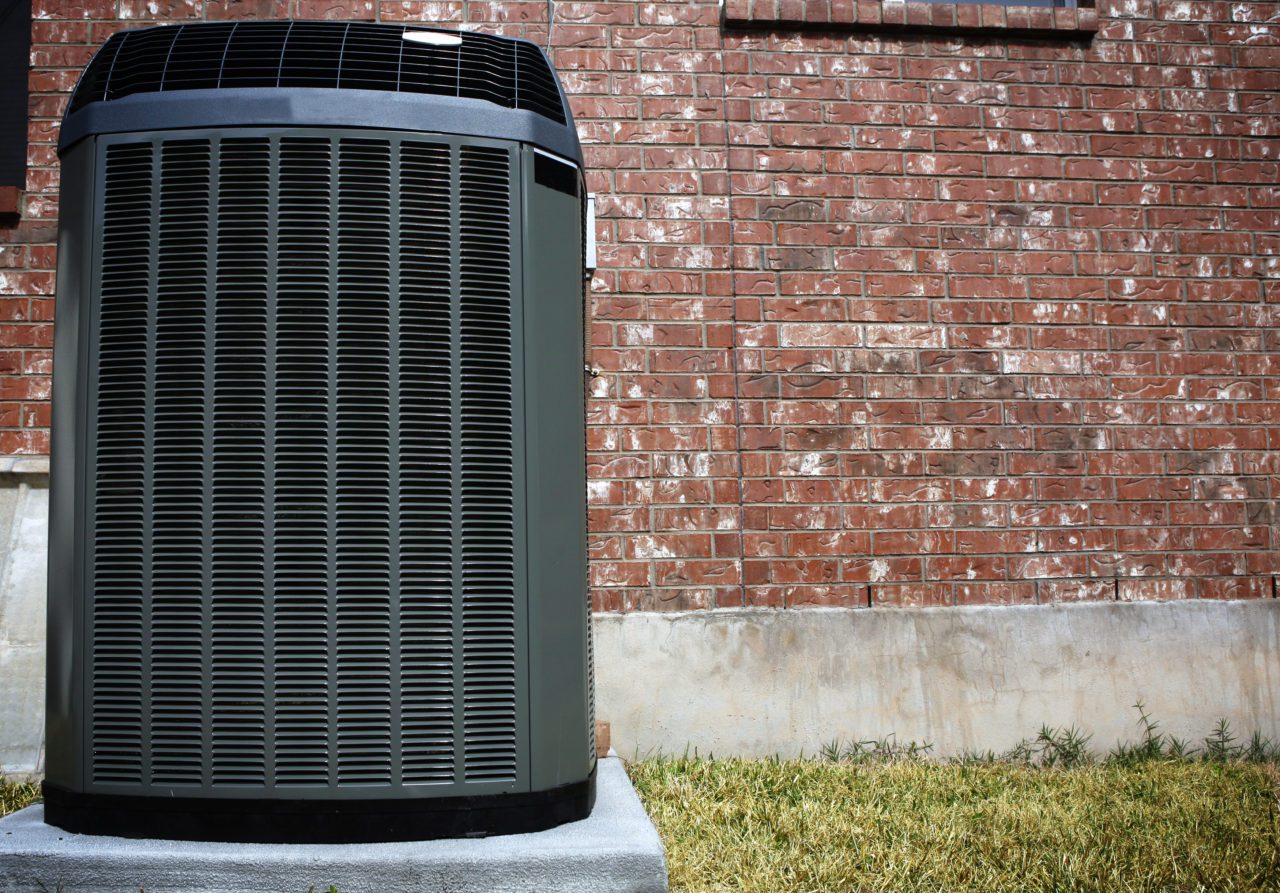Several factors influence how to properly size an HVAC system for a home.
Square footage of the living space, windows, and appliances are a few of the items considered when a professional HVAC contractor determines the proper size of equipment.
All of these items are used to form a load calculation, which is a mathematical method of deterring exactly how much heating is needed to maintain an optimal temperature in your home.
A proper load calculation is crucial for the installed equipment to perform properly.
Here are some of the symptoms of an undersized or oversized heating and air-conditioning system.
Undersized systems
If the equipment is undersized, it will engage for an unusual amount of time, but never cool down the home.
Of course, you need to consider the temperature outside when you “think” your system is not cooling down the home.
The “Delta T,” which is the difference between the return air temperature and supply air temperature, is a measuring tool used to determine if your equipment is cooling properly. Generally speaking, a Delta T of 16º and 22º Fahrenheit indicates proper cooling or heating temperatures.
A high Delta T can also indicate poor air flow in a home, which is another symptom of undersized equipment. Temperature inconsistencies can increase energy costs due to poor quality ductwork, restricted duct work, or undersized equipment.
If your HVAC system is old or too small for the space, it can result in temperature imbalances.
Having your older system inspected by a professional HVAC contractor can save you from being uncomfortable during peak demand.
Oversized systems
You might think, if I get a bigger system, then I will stay cooler in the summer? Actually an over-sized system can be just as detrimental for your comfort as an undersized system.
Oversized systems will engage for too short of time, preventing the air-conditioner from removing the humidity in the air.
When the air-conditioner cycles, it is doing two things; it lowers the air temperature in your home, but it also removes moisture from the air.
Water vapor condenses on coils in oversized air conditioners; however, there needs to be enough condensation on the coil for the water to start dripping down into the pan below the coil. The water needs to move from the pan, out the drain to the outside. Until the water actually makes it outside, the system has not completely dehumidified the air.
In oversized systems, instead of water forming in the condensate drain pan and flowing out the drain line, the water evaporates into the air that goes back into the home. Properly sized equipment will dehumidify and cool your home at the same time.
Finally, oversized systems cycle on and off a lot more, causing wear and tear on the components.
Over the course of a hot summer day, an oversized unit will cycle more than a properly sized unit. As a result, you will properly spend money repairing your equipment more often.
For a properly sized system
Air-conditioner size is rated in tons and sizes are available in ½-ton increments.
By following industry-accepted procedures for a load calculation, a contractor can accurately determine the optimal size for your application.


